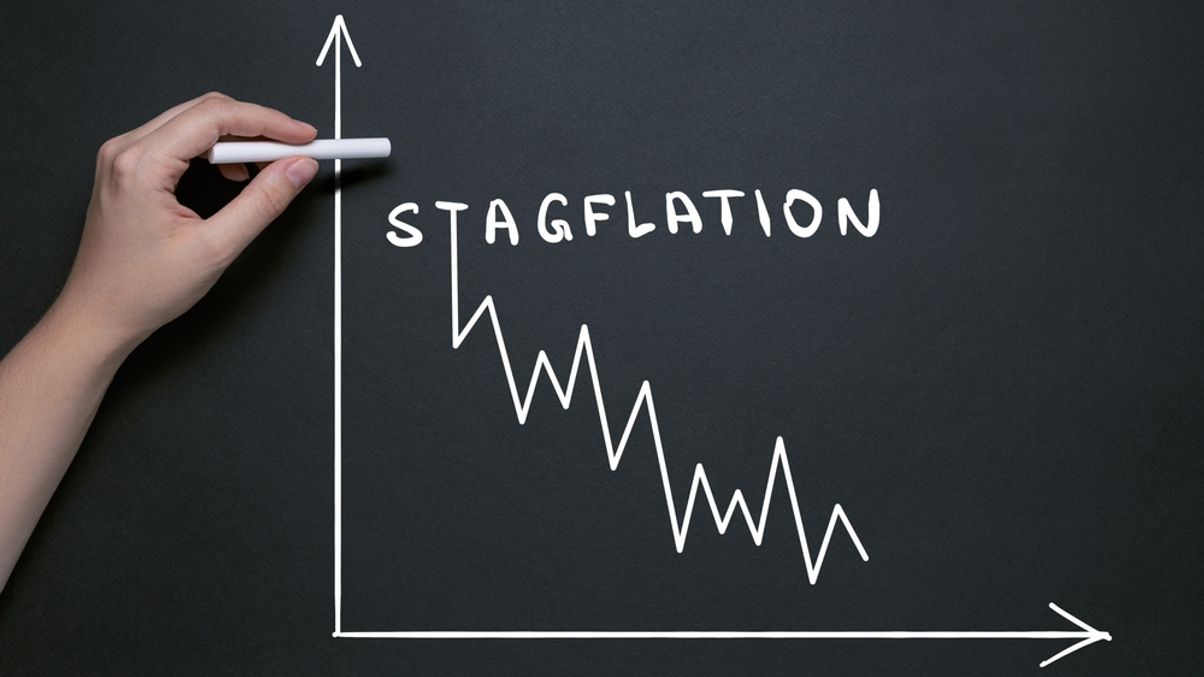Market Views: How would stagflation impact asset allocations?
Supply chain shocks, rising inflation, and the ongoing Russian assault on Ukraine prompt investors to prepare for an economic environment of stagflation.

Stagflation risks are looming over investors’ heads as expectations of higher inflation continue to rise and global economic growth faces disruptive headwinds.
Sign in to read on!
Registered users get 2 free articles in 30 days.
Subscribers have full unlimited access to AsianInvestor
Not signed up? New users get 2 free articles per month, plus a 7-day unlimited free trial.
¬ Haymarket Media Limited. All rights reserved.


